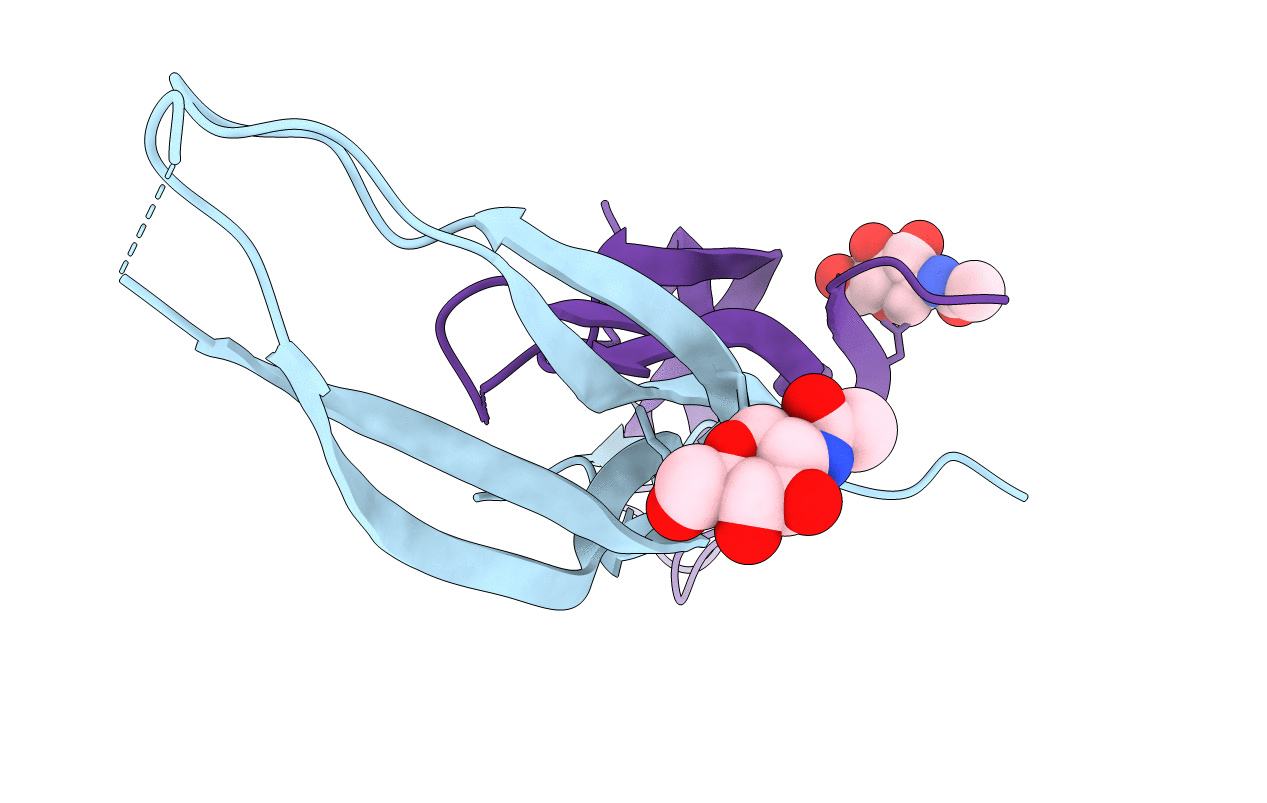
Deposition Date
2014-11-24
Release Date
2015-01-14
Last Version Date
2024-11-20
Entry Detail
PDB ID:
4X1J
Keywords:
Title:
X-ray crystal structure of the dimeric BMP antagonist NBL1
Biological Source:
Source Organism:
Homo sapiens (Taxon ID: 9606)
Host Organism:
Method Details:
Experimental Method:
Resolution:
2.50 Å
R-Value Free:
0.27
R-Value Work:
0.21
R-Value Observed:
0.22
Space Group:
P 41 21 2


